Reflections on Ukraine : Surviving the Unimaginable
The neighborhood where I used to live in Kyiv got bombarded several times over the past couple of days. Now every night I dream of walking through it as it once were. I then wake up in the middle of the night and lie conjuring up the familiar images. Ukraine lives in me, even as I am far away from Ukraine.
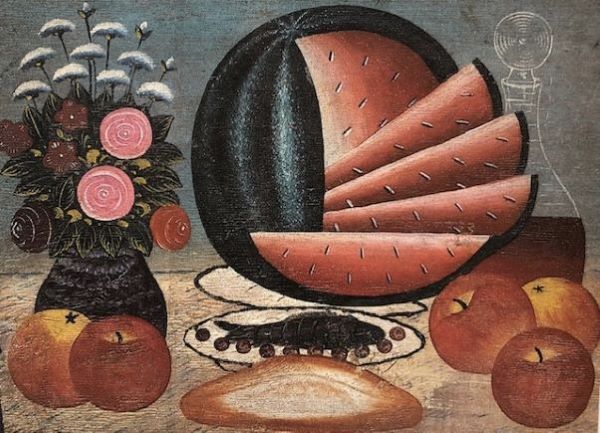
I recently gave an interview to a Spanish newspaper ABC about my book The Rooster House (Mi Ucrania in Spanish) and said that to understand Ukraine, it’s important to know that its identity made up of beauty and tragedy. And so I will share this painting by Dmytro Perepelytsya (1903–1981), a Ukrainian artist from Poltava, who captured everyday life in moving, poignant images like these. His Still life with watermelon was painted in 1937, the height of Stalinist terror, but it’s a tender depiction of summer bounty in vivid colors.
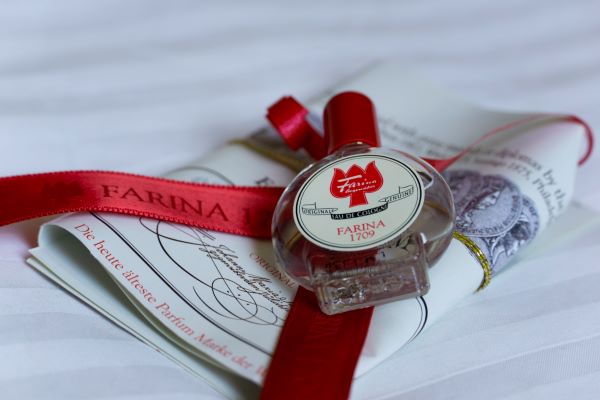
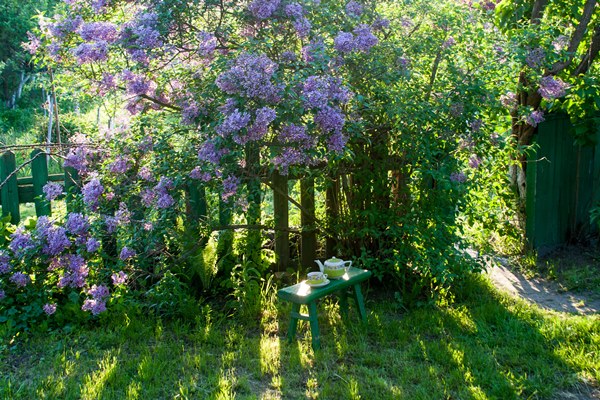

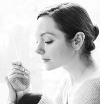

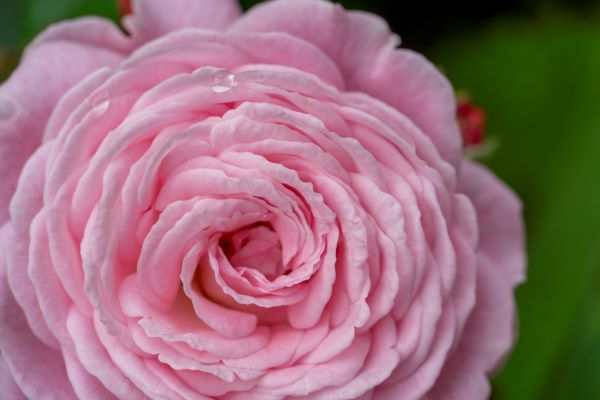
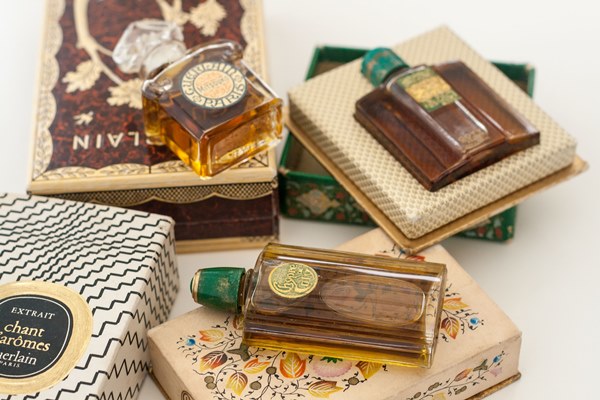








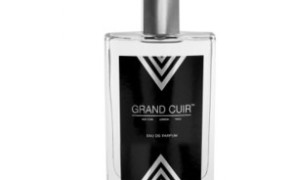
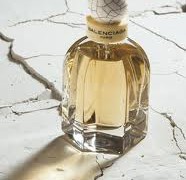
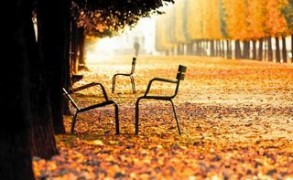
Judith R in From Gingerbread to Kue Lapis: Spicy Gourmand Perfumes for Holidays: Not exactly gingerbread, but Safran Troublant by L’Artisan Parfumeur is a favorite warm and festive fragrance of mine. December 27, 2024 at 6:13pm